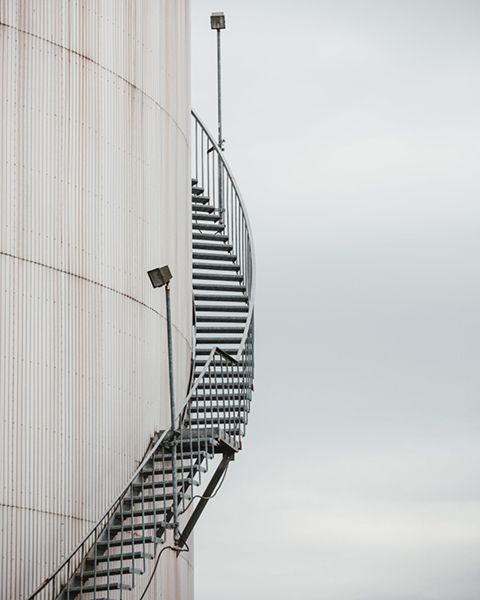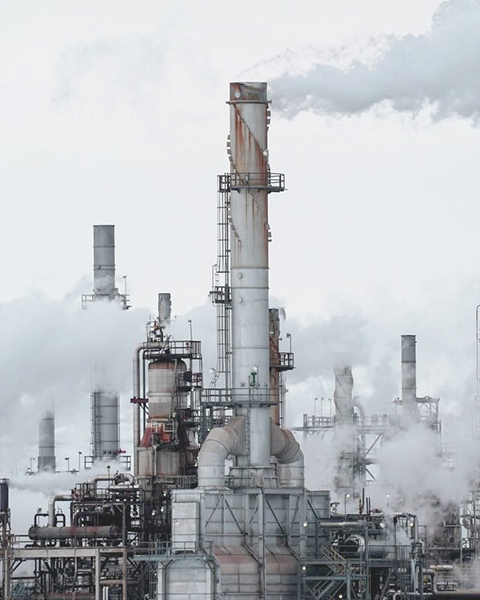How to adjust the hardness of pellet feed?
2024-04-30
The hardness of pellet feed is an important parameter during feed production and processing. It not only affects the feeding behavior and digestibility of animals, but also has an important impact on the storage and transportation of feed. Adjusting the hardness of pellet feed is an important step that needs attention in feed production. This article will detail how to adjust the hardness of pellet feed by adjusting the formula, controlling moisture, adjusting pelleting temperature, adjusting pressure and die aperture, cooling process, adding binder, and adjusting processing speed.
1. Adjust the recipe
The ingredients in the feed formula directly affect the hardness of the pellets. Formulas that are higher in fiber and lower in fat will generally result in firmer pellets. By rationally adjusting the fiber and oil content in the formula, the hardness of the feed can be changed. At the same time, the starch content and source of the formula will also affect the hardness of the granules, because starch gelatinization helps to increase the strength of the granules.
2. Control moisture
During the pelleting process, the moisture content of the feed plays a key role in the hardness of the pellets. The higher the moisture content, the lower the hardness of the particles is usually. This is because excessive moisture will make the particles difficult to shape and affect their hardness. Therefore, proper control of moisture content, usually between 12% and 16%, can help adjust the hardness of pellet feed.
3. Adjust granulation temperature
Increasing the temperature of the feed during pelleting can increase the hardness of the pellets. Higher granulation temperatures contribute to the gelatinization of starch, which helps increase the strength and hardness of the granules. Therefore, during the production process, by controlling the temperature of the pellet mill, the hardness of the pellet feed can be adjusted.
4. Adjust pressure and mold hole diameter
The pressure of the granulator and the die aperture are important factors affecting the hardness of the granules. Higher pressure and smaller die apertures can increase the hardness of the pellets as they hold the feed more tightly together when molded. This aspect needs to be adjusted according to the actual situation to ensure appropriate pressure and die aperture to achieve the ideal particle hardness.
5. Cooling process
The cooling process after granulation also affects the hardness of the granules. Pellets become harder as they cool. Therefore, ensure that the cooling system operates properly and maintains a suitable cooling time so that the particles are fully cooled and achieve higher hardness and stability.
6. Add adhesive
Adding a binder is another way to increase the hardness of pellet feed. These binders are usually natural or synthetic substances that add strength and stability to the particles. For example, using starch, colloid, protein, etc. as binders can improve the hardness and quality of particles.
7. Adjust processing speed
Controlling the operating speed of the granulator also affects the hardness of the granules. Too fast a speed may cause the hardness of the pellets to decrease because the feed cannot be fully formed in a short time. Slower speeds improve pellet hardness because the feed has more time to be tightly bound during the pelleting process.




